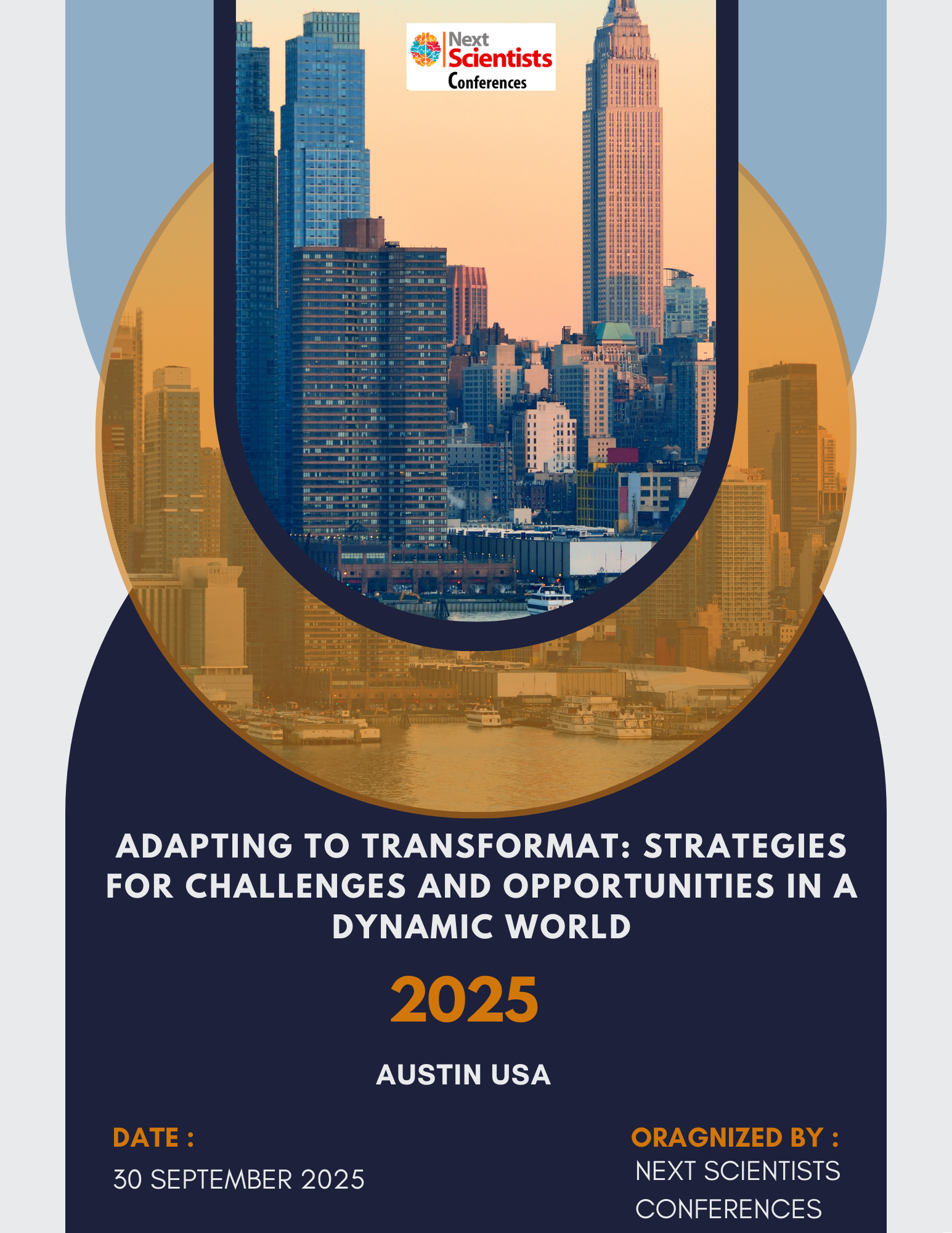The Role Of Innovative Digital Methods In Developing Research Activities In Materials Science
Keywords:
Materials science, digital technologies, research activityAbstract
This article examines the role of innovative digital methods in developing students’ research activities in the field of materials science. It highlights how digital technologies such as virtual laboratories, 3D modeling, simulations, and artificial intelligence tools foster students’ analytical skills, critical thinking, and scientific inquiry. The study emphasizes that the integration of these tools into the teaching process not only enhances the effectiveness of education but also motivates students to engage in independent research, thus strengthening their creative and scientific potential.
References
Anderson, J. (2019). Digital Transformation in Higher Education. London: Routledge.
Kozlov, V., & Ivanova, M. (2021). Virtual Laboratories in Engineering Education. Moscow: Nauka.
Siemens, G. (2005). Connectivism: A Learning Theory for the Digital Age. International Journal of Instructional Technology & Distance Learning.
Jo‘rayev, A. (2022). Digital Educational Technologies in Developing Creative and Research Competencies. Tashkent: Fan.
OECD. (2021). Digital Education Outlook 2021: Pushing the Frontiers with AI, Blockchain and Robots. Paris: OECD Publishing.
Johnson, M., & Brown, T. (2020). The Role of Simulation Technologies in STEM Education. Journal of Educational Technology Research, 45(3), 215–230.


